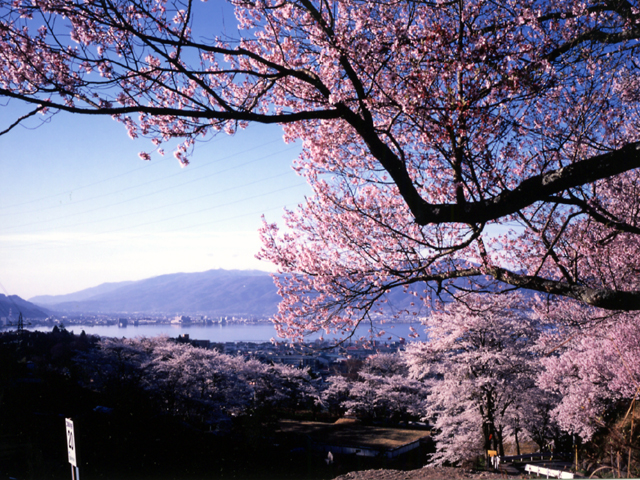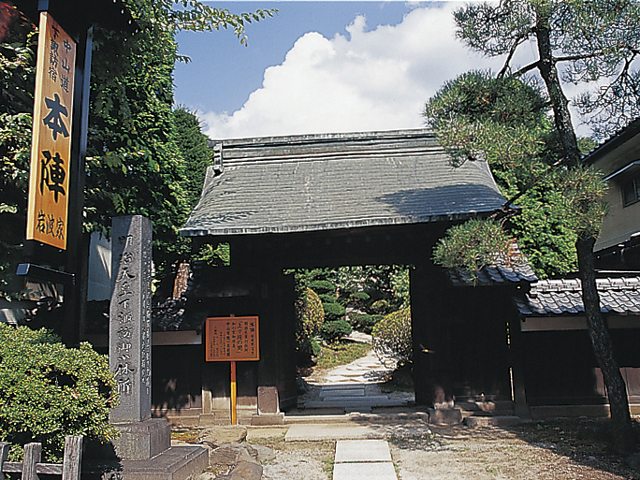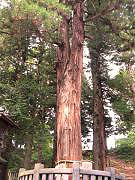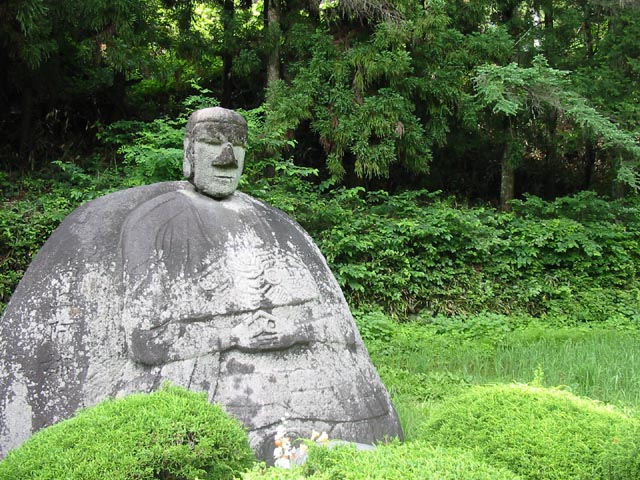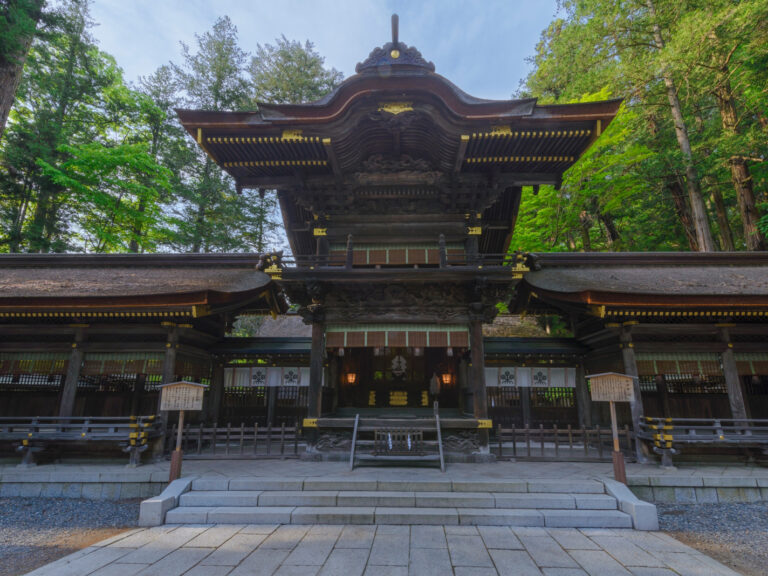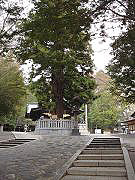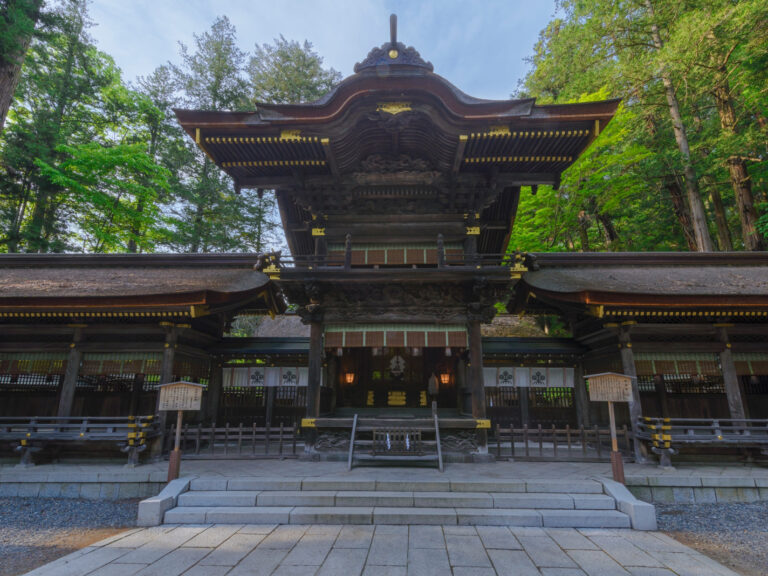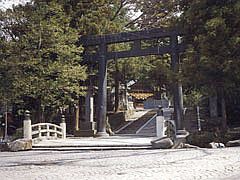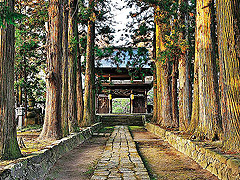Shimosuwa Kongokan Oideya Clock Studio Yizoudo
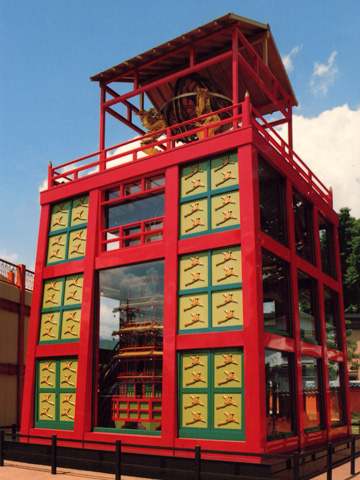
The museum, where you can get to know the history and technology of time and clock through the clock assembly experience and exhibits such as the "Fantastic Astronomical Clock, Water Transport" which was the first in the world to be fully restored. The watch assembly experience includes a watch and a clock, and a wide range of assembly experiences can be provided from a Beginner course to a professional mechanical watch course. In the shop, you can buy original watches and local goods. In addition, there are foot baths that heal the fatigue of the trip, so you can use them easily. The entrance fee is not available for credit cards.

